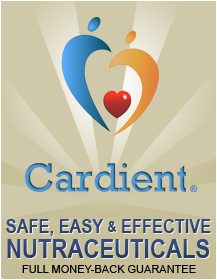Aging AND PLASMINOGEN ACTIVATOR INHIBITOR-1 (PAI-1) REGULATION: IMPLICATION IN THE PATHOGENESIS OF THROMBOTIC DISORDERS IN THE ELDERLY
Abstract
Thrombotic cardiovascular diseases increase in incidence in the elderly, a tendency dependent on the age-related changes in vascular and hemostatic systems that include platelets, coagulation, and fibrinolytic factors as well as in the endothelium. The hypercoagulability of and advanced sclerotic changes in the vascular wall may contribute to the increased incidence of thrombosis in the elderly. One of the important key genes for aging-associated thrombosis is plasminogen activator inhibitor-1 (PAI-1), a principal inhibitor of fibrinolysis.
The expression of PAI-1 is not only elevated in the elderly but also significantly induced in a variety of pathologies associated with the process of aging. These conditions include obesity, insulin resistance, emotional stress, immune responses, and vascular sclerosis/remodeling. Several cytokines and hormones, including tumor necrosis factor-α, transforming growth factor-β, angiotensin II, and insulin, positively regulate the gene expression of PAI-1. The recent epidemic in obesity with aging in the industrialized society may heighten the risk for thrombotic cardiovascular disease because adipose tissue is a primary source of PAI-1 and cytokines. Emotional or psychosocial stress and inflammation also cause the elevated expression of PAI-1 in an age-specific pattern.
Thus, PAI-1 could play a key role in the progression of cardiovascular aging by promoting thrombosis and vascular atherosclerosis. Further studies on the genetic mechanism of aging-associated PAI-1 induction will be necessary to define the basis for cardiovascular aging in relation to thrombosis.
Note: since Vasculex reduces PAI-1 dramatically, it would tend to reduce the cardiovascular aging in relation to thrombosis.


